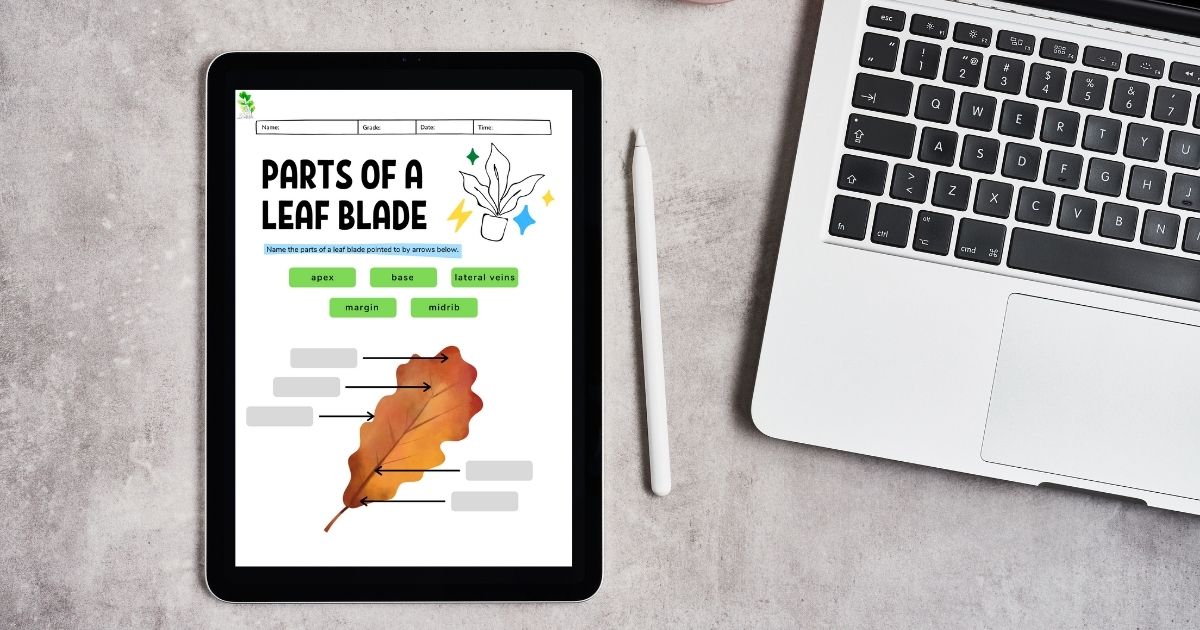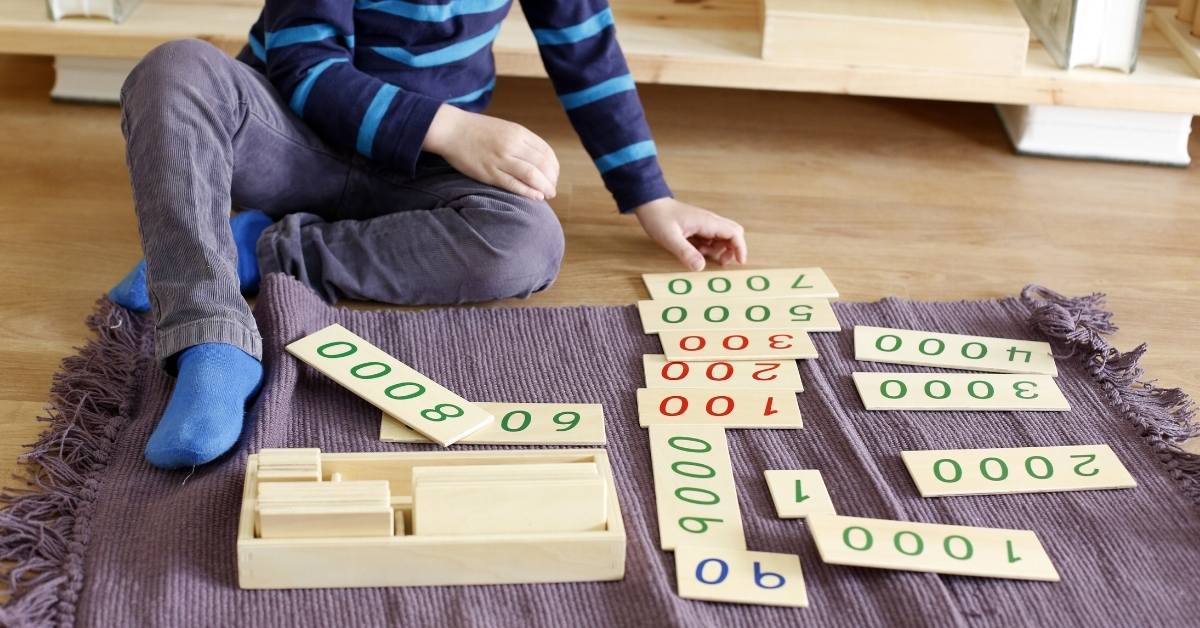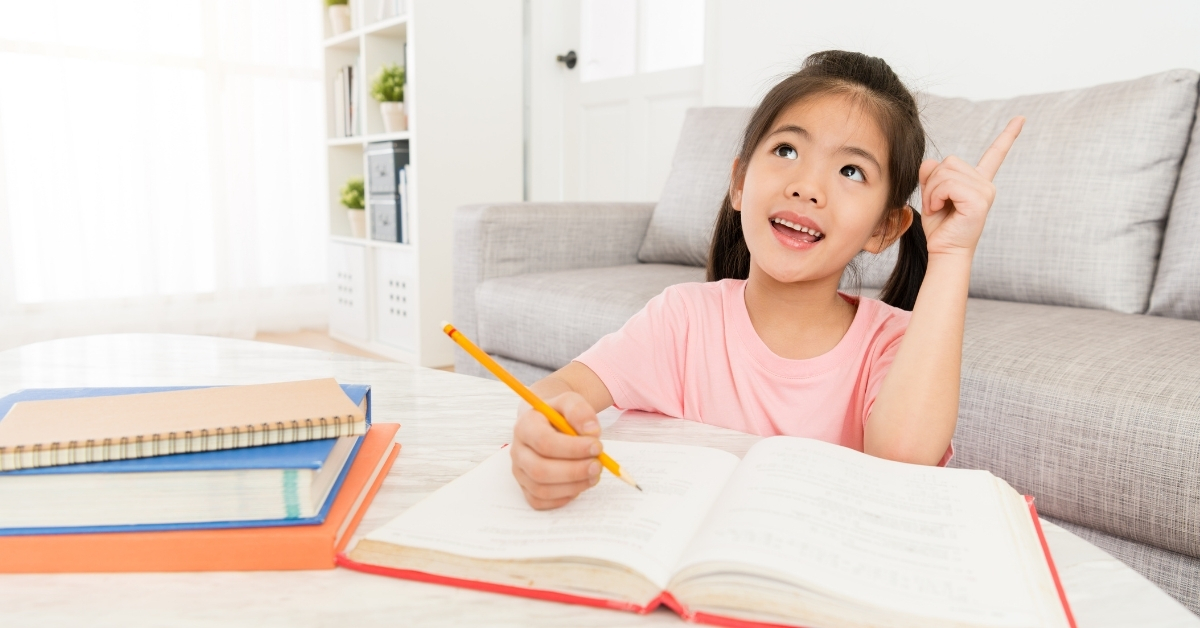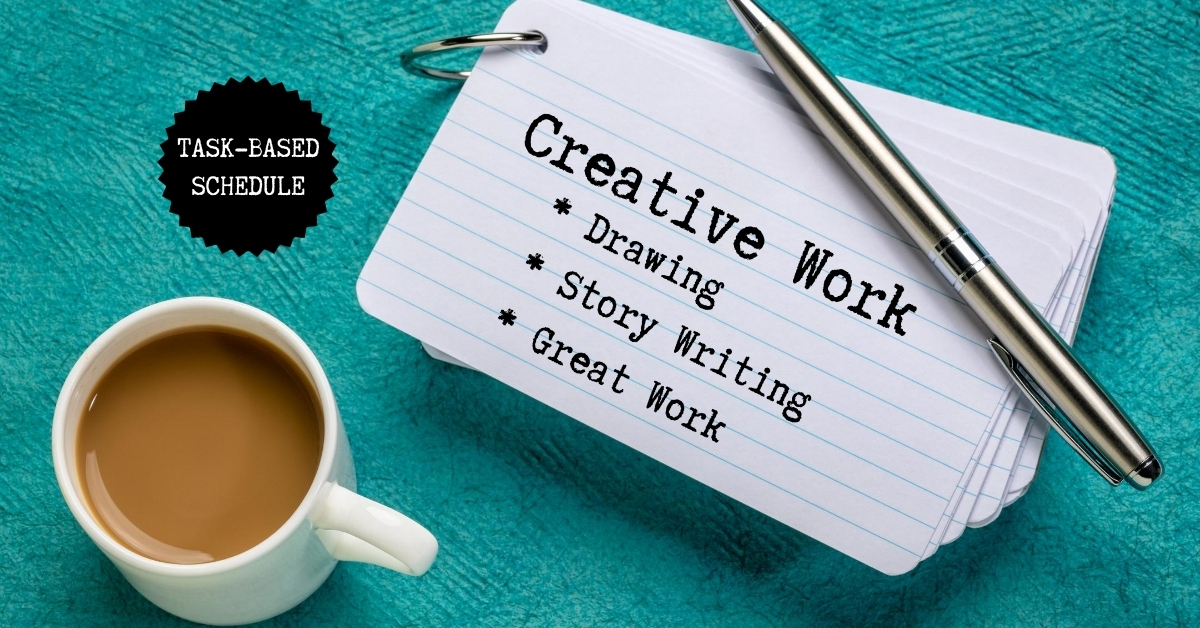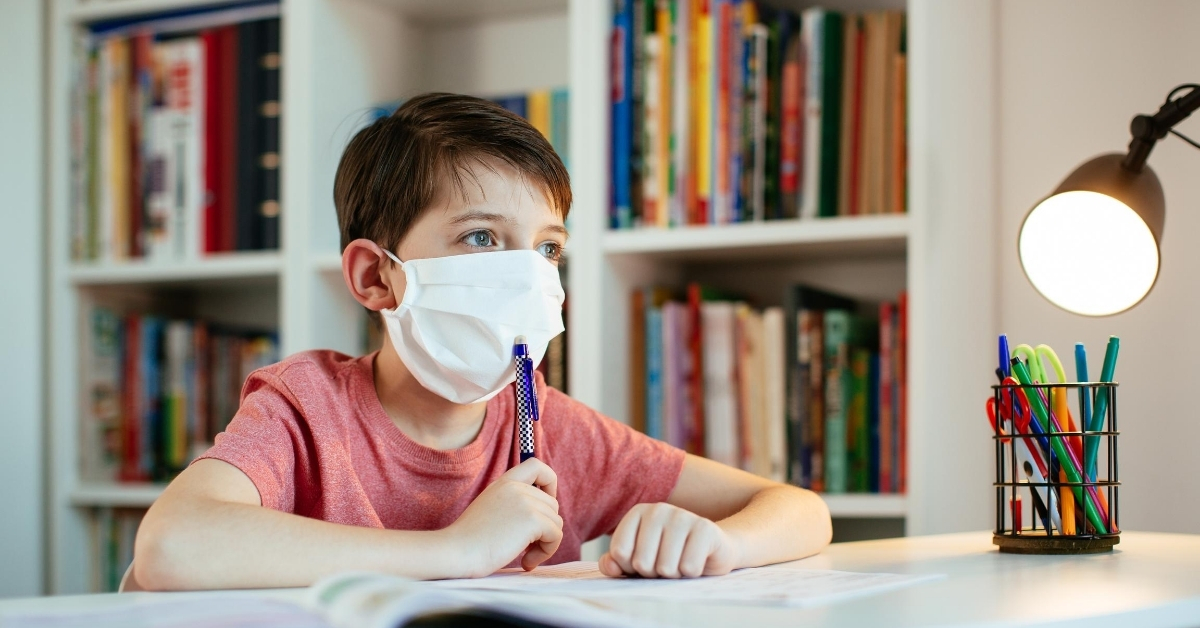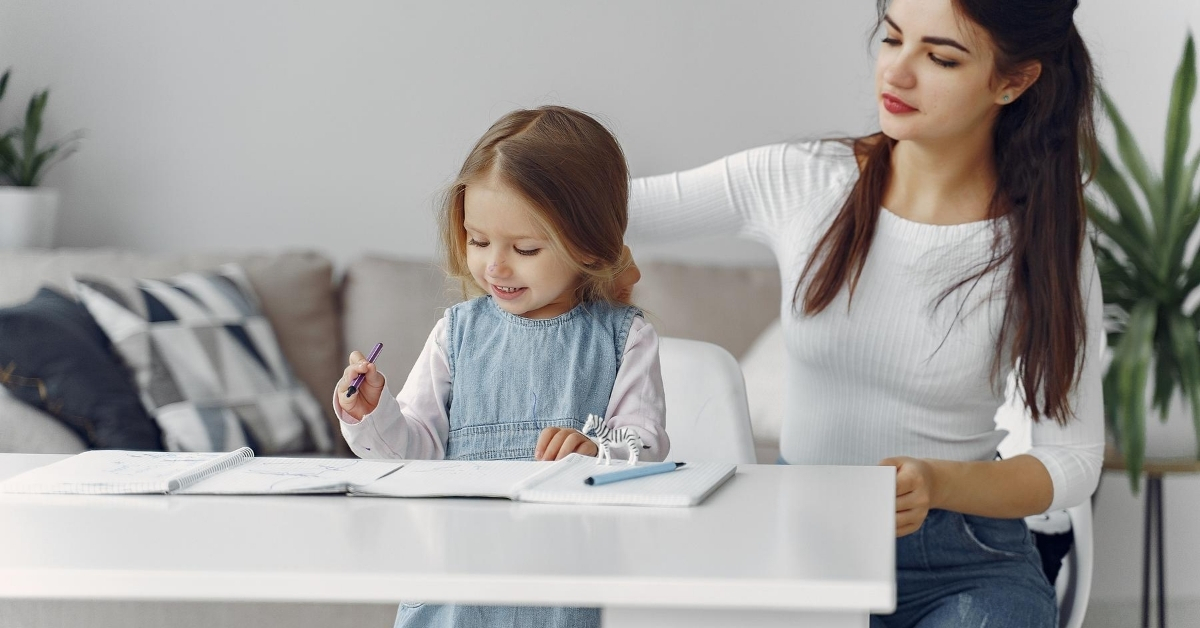Free botany lesson plan and content for Montessori students/homeschoolers who would like to print their own Montessori botany nomenclature cards.
Category: Montessori For Elementary School Kids
Montessori lessons and activities for elementary-age kids — guidance for implementation and stories of our personal experiences
Montessori Curriculum: Lessons for Grade 3 (8- to 9-year-olds)
Lessons for Grade 3 (ages 8-9) in Biology, Geography, Geometry, History, Language, Math, and other subjects based on the Montessori lower elementary curriculum.
Montessori for Elementary: Keeping Interactions Positive at Home
Having majored in Psychology in college, I tend to be a bit skeptical about parenting advice — not because I think I know better, but because I’ve had to read the [sometimes contradictory] writings of so many people who think they know better. But beyond the trends in parenting wisdom are timeless pearls that we can all subscribe to in order to nurture positive interactions at home.
Montessori for Elementary: Getting Into The Nitty Gritty of Lessons with the Montessori Work Cycle
The Montessori elementary work cycle consists of: (1) Lessons, also called presentations; (2) Follow-up work; (3) Practice work, also known as skill-based work or ongoing work; and (4) Big work, also known as “great work”.
Montessori for Elementary: Making Your Daily Schedule
What does a Montessori homeschooling day look like? We talk about creating a schedule for our child doing home-based learning in this post.
Montessori for Elementary: Homeschooling Multiple Children
I’m taking a short Montessori course for parents who are homeschooling their elementary kids and sharing what I learn here in the blog. This is the seventh article in the series.
Montessori for Elementary: Preparing Yourself As A Homeschooling Parent (Yes, This Is Important!)
Perhaps more important than preparing your home, preparing yourself — as a parent doing homeschooling for probably the first time this year — is vital for success. And sanity.
Montessori for Elementary: How To Prepare Your Home Environment
From philosophy — an ideal environment is supportive of independence — to practice — keep materials in baskets in easy-to-reach shelves — here’s how you can prepare your house for Montessori homeschooling.
Montessori for Elementary: The One Thing You Have To Do Every Day (Especially At The Start Of Your Home Program)
Because even the best-laid plans…
Montessori for Elementary: Balancing Freedom and Responsibility
Freedom is the aspect of Montessori that distinguishes it from other educational approaches. The flip side of the coin: responsibility. How do we balance these two in our kids?

